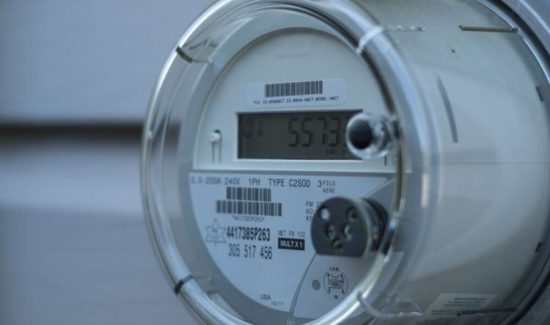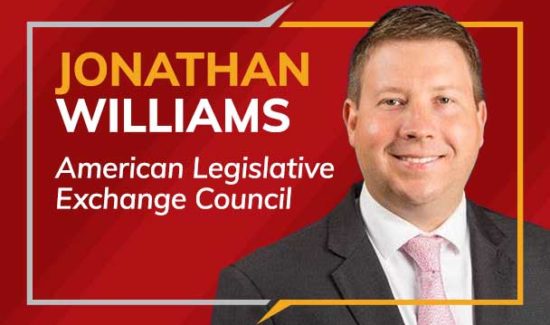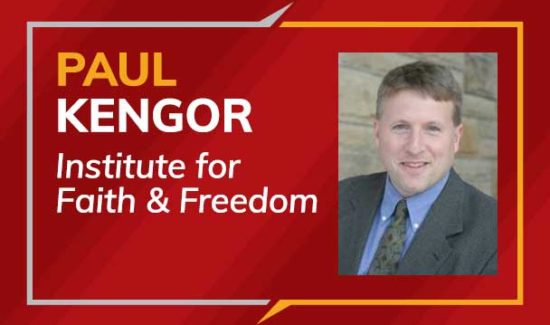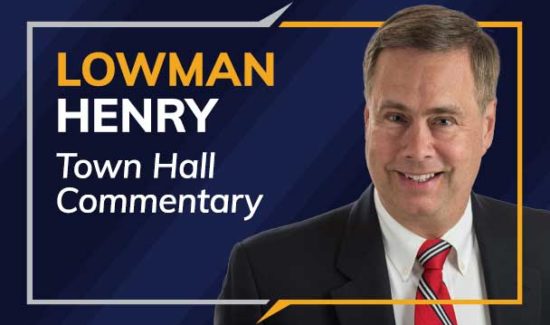911: A State of Financial Emergency?
(November 19, 2013)–In September the Pennsylvania House Committee on Veterans Affairs and Emergency Preparedness visited Allegheny County to conduct the third in a series of hearings across the state on the condition of 911 emergency phone service. This service is primarily operated at the county level in Pennsylvania (though the cities of Allentown and Bethlehem in eastern PA operate their own) resulting in 69 answering points throughout the Commonwealth.
There are a multitude of issues that the state addressed in this and the other hearings and in a 2012 study by the Legislative Budget and Finance Committee (LBFC). Since 1990, telephone customers have been paying a monthly surcharge on their landline phone bills to help fund 911 service—the surcharge varies according to class of county ($1, $1.25, or $1.50). As customers dropped landlines in favor of wireless phones, a $1 surcharge was added onto the monthly bill of those phones. Soon after came a fee on top of prepaid phones and minutes, and the subsequent step is to address the "next generation" of communication devices. Phone providers act as the tax collector and remitter. The landline money goes directly to the counties and the revenue from the other sources goes to Harrisburg to the Pennsylvania Emergency Management Agency. Counties then must apply to them for money.
The LBFC study showed that surcharge revenue covers about 70 percent of a typical county’s 911 expenditures and only seven counties fully covered their costs from surcharge revenue (from landlines, wireless, and voice over Internet) in 2010.
That’s the revenue side—on the expenditure side it costs money to staff and administer the service and there are equipment costs as well. Efforts at consolidation and cost-sharing have been promoted and encouraged and no doubt the state will encourage more of that as it deliberates on the topic. Compared to Ohio and Illinois, two states that are similar to Pennsylvania in terms of population and square mileage, Pennsylvania is currently covering more people and area per answering point.
Allegheny County was not one of seven counties fully covering costs from surcharge revenue: in fact, the LBFC study showed that in 2009 the County’s 911 expenditures were $21.7 million and the surcharge revenue was $18.8 million; the following year expenditures grew to $22.7 million and surcharge revenue stood at $17.9 million, thus widening the gap. The County Executive noted at the September hearing that the difference to be made up out of general fund revenues could rise to $6.2 million in 2014.
The County cannot increase the surcharges as those are set by state law—so unless there is a massive increase in landline phones that will generate more revenue, or the number wireless devices, voice over Internet, etc. grows the pool immensely in Harrisburg and the County successfully competes for that money—then it is hard to see how a surcharge hike can be ruled out. That’s assuming all decision makers stay with the outlook that 911 ought to be funded through communication devices and don’t create a new tax, fee, or surcharge on some other activity to help fund emergency communication.
If further county-to-county consolidation (as opposed to the intra-county consolidation of municipal systems as happened here) is to be explored it might take a long time for savings to be achieved. 911 costs may be a product of sheer population totals or density: the study makes a note that the higher the volume of calls the lower the average cost per call. Philadelphia handled close to 3 million calls and the average cost was $13; the highest average cost per call for a county that did not contract to another for service was Juniata County, with 7,500 calls at an average cost of $153.
Between those points there are wide variations in the data, which might be a function of the peak times around which call volumes are highest. Allegheny County handled the second most calls in the state—1,024,591, or about 117 per hour—and its average cost per 911 call was $22. Its cost per staff member was a shade over $62,000. Allegheny had roughly the same average cost per call as counties that handled significantly fewer calls—Blair ($19; 74,000 calls), Cambria ($26; 100,000 calls), Lawrence ($20; 54,000 calls), and Washington ($22; 145,000 calls).
There can be little doubt that a lot of the apparently outlandish cost per call arises out of the problem of peak call periods per day being a relatively small fraction of the day. In order to be manned adequately to handle the peak periods, a lot of staff time is necessarily underutilized during the "slow" periods. Comparing Philadelphia to Allegheny County provides support for this explanation. According to the study Philadelphia employed 356 dispatchers (the cost per staff member was $61,398). Allegheny County employed 237 dispatchers (the cost per staff member was $62,208). Based on call volume Philadelphia employees handled an average of 8,410 calls per year while Allegheny County employees handled 4,323 per year. It is not because the Allegheny County workers are slackers, it is obviously because Philadelphia has longer periods of peak or near peak call levels.
Thus, any solution aimed at lowering costs, other than pay reductions, has to focus on how to deal with peak periods by alternative scheduling of dispatchers to provide coverage at peak times. Much the same as bus service must deal with rush hour and non-rush hour scheduling.
Consolidation across counties might offer a possible avenue if the counties have different peak call periods. If the call peak times are about the same, consolidation would offer little opportunity to cut employees. Only schedule changes will achieve that goal, which is necessary to save money.
Eric Montarti, Senior Policy Analyst
Jake Haulk, Ph.D., President
If you wish to support our efforts please consider becoming a donor to the Allegheny Institute.The Allegheny Institute is a 501(c)(3) non-profit organization and all contributions are tax deductible.Please mail your contribution to:
The Allegheny Institute
305 Mt. Lebanon Boulevard
Suite 208
Pittsburgh, PA15234
For more on this topic click here
Link to Allegheny Institute Website
Forward this Brief to a friend
Tel: (412) 440-0079
Fax: (412) 440-0085
Email: [email protected]
________________________________________
Click to view this email in a browser
If you no longer wish to receive these emails, please reply to this message with "Unsubscribe" in the subject line or simply click on the following link: Unsubscribe
________________________________________
Allegheny Institute for Public Policy
305 Mt. Lebanon Blvd. Ste #208
Pittsburgh, PA 15234
US
Read the VerticalResponse marketing policy.





